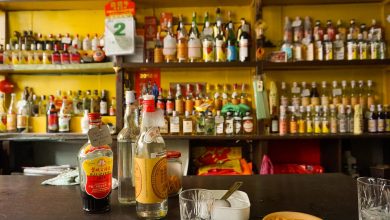The Great Legend of Jaguar
When you think of a luxurious British car with an undeniably sporty character, Jaguar is most likely the brand that comes to your mind. Whether it’s an opulent sedan, a voluptuous coupé or a full-on race car, Jaguar has had it all in its long and turbulent history. Today, we’ll explore the rich heritage of this iconic brand through its most famous models that shaped British automotive industry as we know it.
The story of two Williams
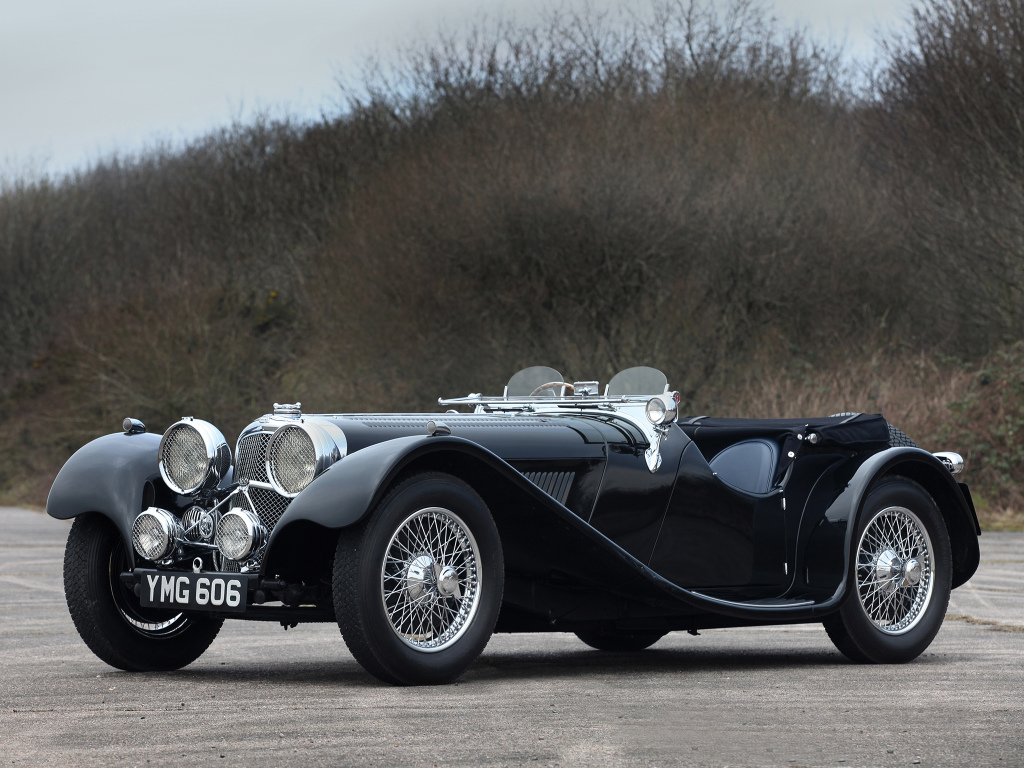
Before Jaguar became Jaguar, it was founded in 1922 by two gentlemen, William Lyons and William Walmsley. Years later in 1934, William Walmsley left the company, leaving Lyons to found S. S. Cars Limited with the help of public shareholders. The name Jaguar was first used a year later, as model name of the SS 2 1/2L sports saloon, and also an open top two-door car named SS Jaguar 100. Today, the SS Jaguar 100 is one of the most collectible Jaguars out there. In 1945, the company’s shareholders decided to change the name to Jaguar Cars Limited, mostly due to the fact that S. S. closely resembled the notorious SS division of Nazi Germany.
The fifties and the rise to glory
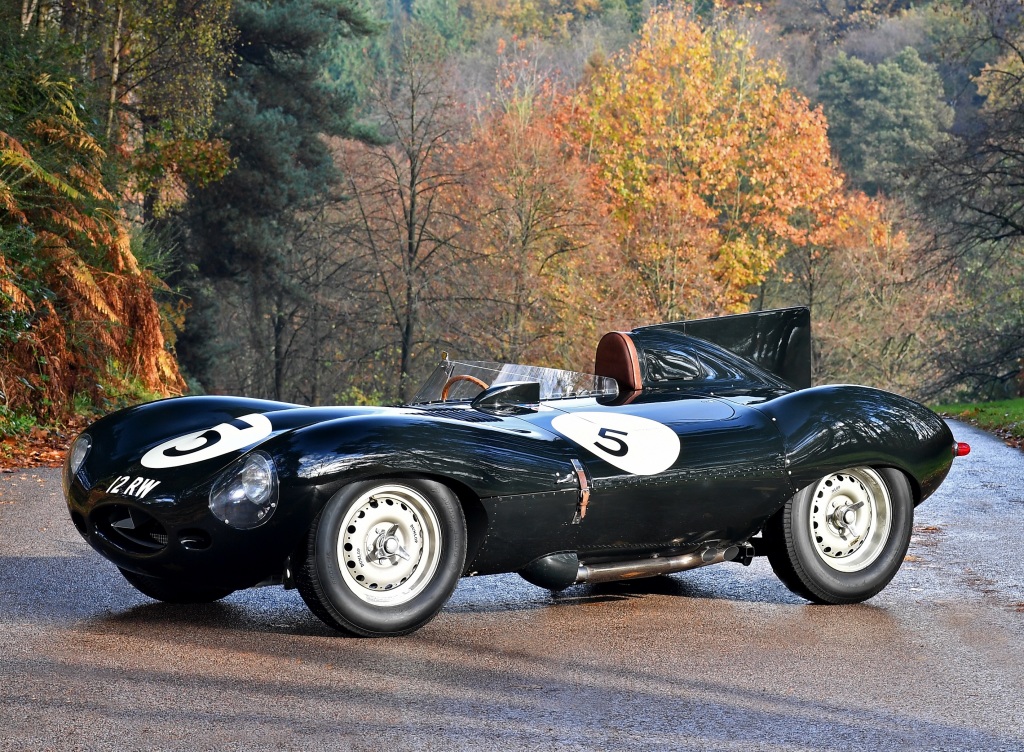
After the Second World War, Jaguar continued producing sports saloons, but it was another sports car that really caught the attention of the world’s richest playboy racers and bonvivants. It was the Jaguar XK120, introduced in 1948, a worthy successor to the SS Jaguar 100. The first series XK120s had aluminum bodies, but later models were made out of pressed steel, and both variants had racing success, increasing Jaguar’s popularity and credibility as a maker of thoroughbred racing machines. However, the XK120 and its successors XK140 and XK150 were just baby kittens compared to two full-on race cars, C-Type and D-Type. These two cars were closely related, and both had won Le Mans, two and four times respectively. The D-Type also had its road legal version called XKSS, which was famously owned by Steve McQueen, cementing is as one of the coolest cars Jaguar has ever produced. In 1950, Jaguar also bought The Daimler Company Limited, and the brand name was used on the most luxurious Jaguars.
Jaguar E-Type was the icon of the swingin’ sixties
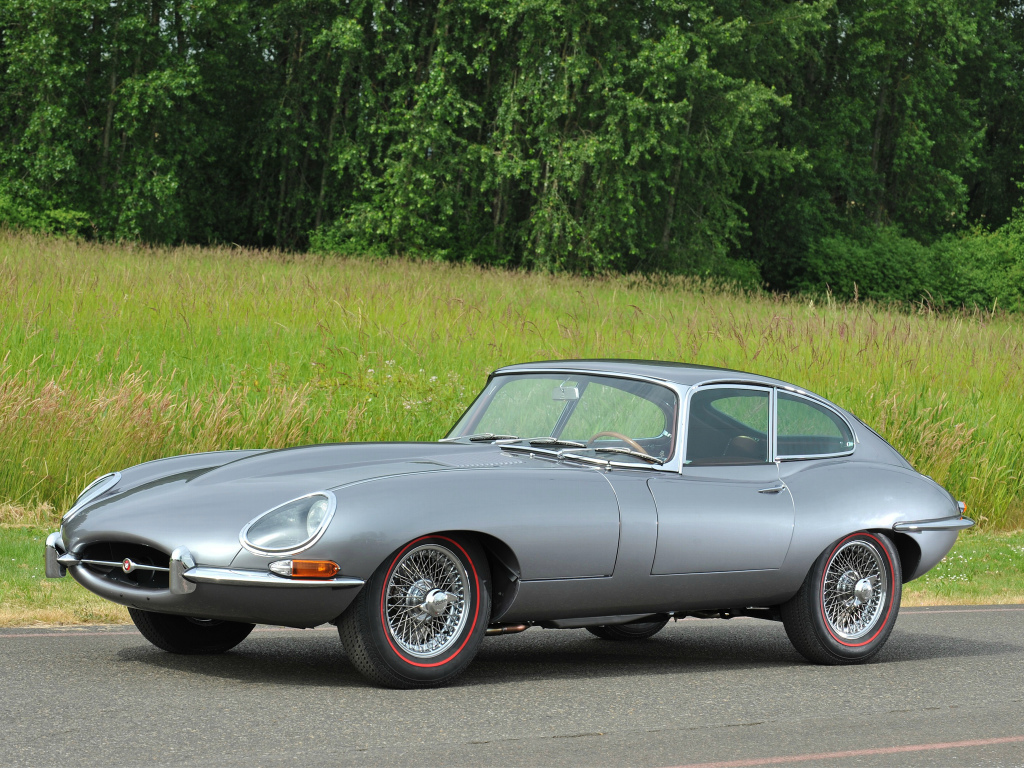
In the sixties, Jaguar had a few milestone cars, but inarguably the most famous was the beautiful E-Type. The car was not only a great performer, but it had the bodywork that could outshine any contemporary Ferrari for the fraction of the price. In hindsight, the Jaguar E-Type is definitely the most iconic car the company has ever produced, and is a definitive piece of both British automotive heritage and pop culture. Other worthy saloons of the era were Mark 2 and Mark X, the largest and most opulent car the company has ever created. The sixties also marked the merger deal with BMC in 1965, and the development of the ill-fated XJ13 prototype, a car that never entered Le Mans and that was nearly destroyed in 1971.
The birth of the XJ
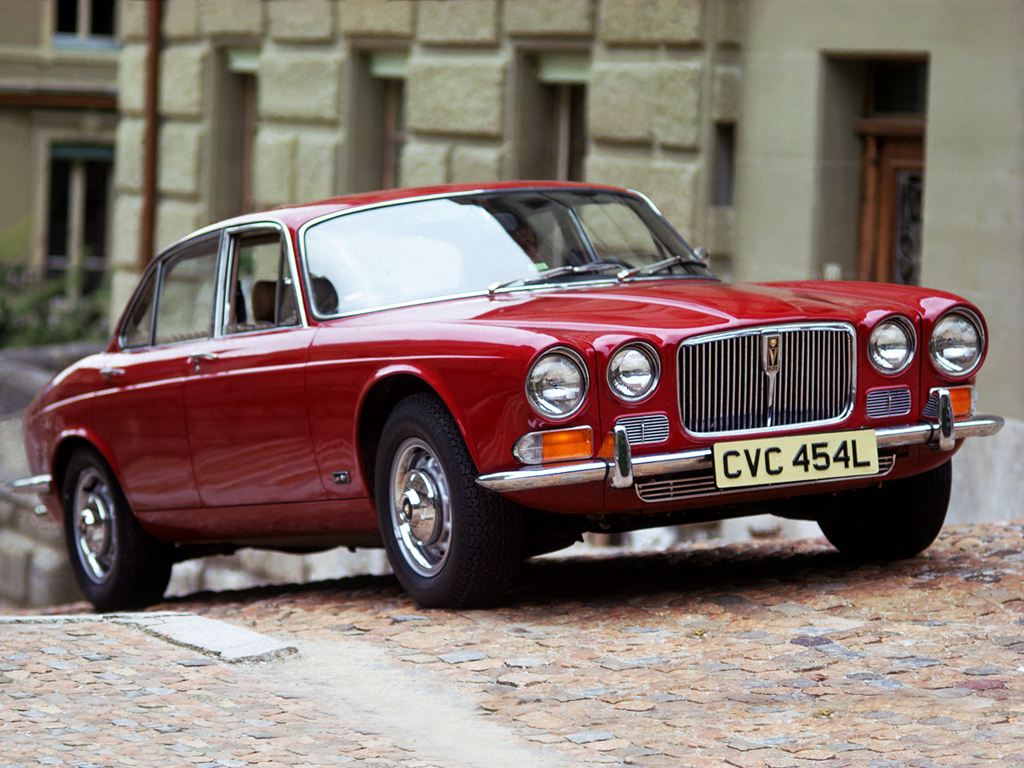
The end of the sixties had another Jaguar milestone, and it was the introduction of the XJ saloon in 1968. The XJ name still exists in Jaguar’s nomenclature, and was the only saloon produced by the company for quite a while, until 1998. During the seventies, the E-Type was discounted and replaced by the XJ-S coupé and convertible, a model that had its bright moments, but that never managed to match the E-Type’s cool. In 1984, Jaguar was privatized under the Tatcher government, and in 1986, Jaguar’s appointed chairman Sir John Egan made huge cuts in the company, laying off workers and improving quality control, returning Jaguar to prosperity. During the mid-eighties and all the way to 1993, Jaguar had a successful line of racing cars under the name of XJR, two-time Le Mans winners in 1988 and 1990.
Falling under Ford and rebirth under Tata
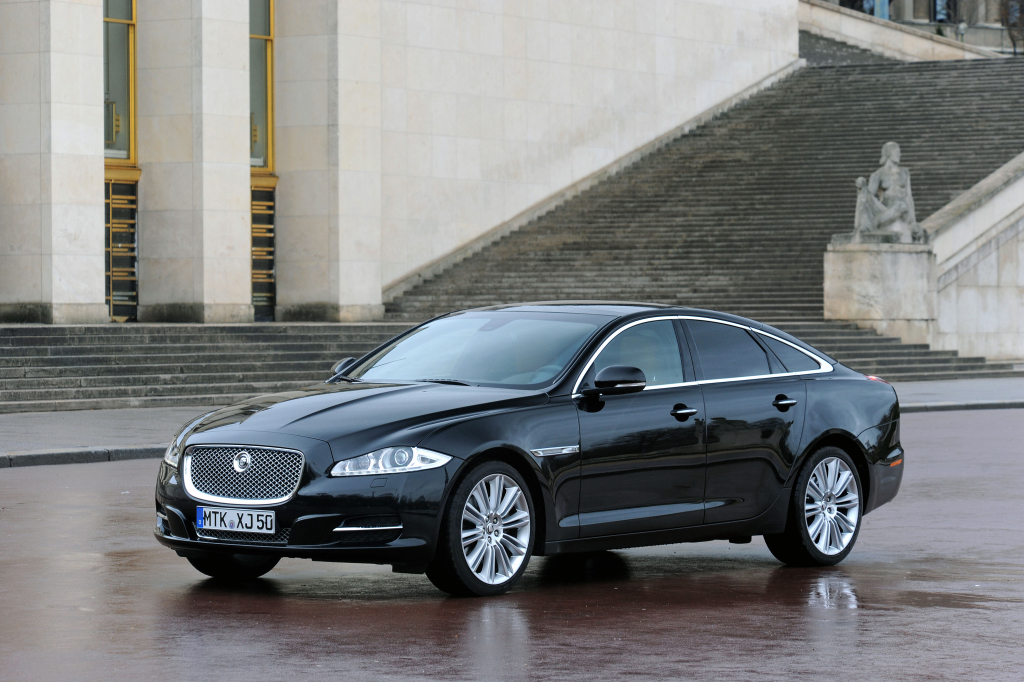
In 1990, Jaguar was sold to Ford, and under its ownership, Jaguar briefly had two amazing halo cars, XJR-15 and XJ220. The XJ220 was briefly the fastest production car in the world, but was dethroned by the McLaren F1 in 1993. Under Ford ownership came two more sedans, the S-Type, and the X-Type which was mechanically based on a Ford Mondeo, which enraged the purists, but ensured good sales numbers.
Since 1st January 2008, Jaguar has been in hands of Indian company Tata Motors, and under its ownership, the thorough rebranding of the company commenced. The new XJ was the first car that didn’t follow the design language of its predecessors, and two new sedans were introduced: the entry-level XE and the midsize XF luxury sedan. The F-Type coupe and convertible are reshaping the company’s racing image, and the newest addition to the range is the F-Pace SUV, which perfectly combines Jaguar’s sporty character and current market trends. With all that in mind, Jaguar has recovered in great fashion, and still represents British motoring at its finest.

